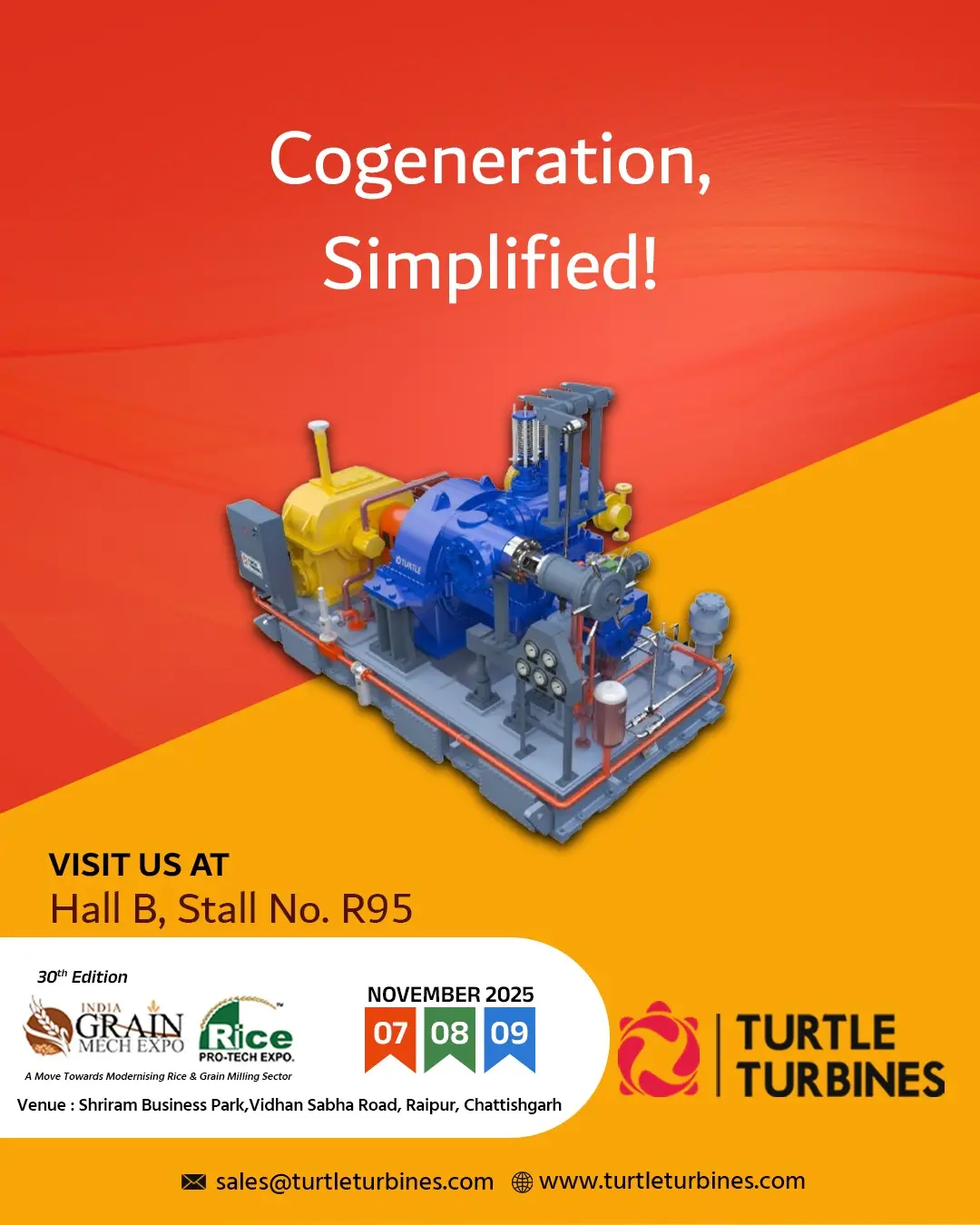The history of steam power has been a testament to human ingenuity, and at the heart of this innovation, two remarkable inventions stand out: the steam engine and the steam turbine. These mechanical marvels have played pivotal roles in transforming the world, driving industrial revolutions, and propelling us into the modern era. Let’s look at some key differences and applications of steam turbines and steam engines, shedding light on their historical significance and their relevance in today’s world.
Steam engines became the driving force behind the industrial revolution, powering factories, trains, and ships. The reciprocating motion of the steam engine was the key to this success. This motion, achieved through a piston connected to a crankshaft, was versatile and adaptable.
While steam engines ruled the industrial landscape for over a century, the late 19th century saw the emergence of a silent yet powerful rival – the steam turbine. Developed by engineers like Charles Parsons, the steam turbine transformed energy conversion. Unlike the reciprocating motion of a steam engine, steam turbines operate on the principle of rotary motion. This fundamental difference in operation set the stage for a new era of power generation.
Key Differences in Steam Turbines vs Steam Engines:
- Motion: Steam engines operate with reciprocating motion, while steam turbines use rotary motion. This distinction affects their applications, efficiency, and design.
- Efficiency: Steam turbines are generally more efficient than steam engines due to reduced friction and smoother operation.
- Speed: Steam turbines operate at much higher rotational speeds, making them ideal for electricity generation in power plants.
- Size and Noise: Steam engines are bulkier and noisier compared to steam turbines, making the latter more suitable for compact and quiet operations.
Applications:
A key difference in steam engines and steam turbines can also be seen here. Steam engines found use in locomotives, early automobiles, and certain industrial settings. While their prevalence has waned, they are still found in niche applications like steam-powered boats or vintage machinery. Steam turbines have become the backbone of modern power generation. They are used in power plants, ranging from nuclear to coal, and are essential for generating electricity.
Conclusion:
Although steam engines and steam turbines have key differences, both have played pivotal roles in history. Steam engines drove the industrial revolution and shaped the modern world. In contrast, steam turbines silently revolutionized power generation, enabling us to harness energy efficiently.
While steam engines have largely given way to more advanced technologies, the principles behind them still influence many aspects of engineering and transportation. In contrast, steam turbines continue to be at the forefront of electricity generation, providing clean and reliable power for the ever-growing energy demands of the world.
The battle of steam engine vs. steam turbine underscores the evolution of power generation. They stand as a testament to the ingenuity and innovation of humanity, shaping the past, present, and future of energy production.
Turtle Turbines is one of the most reputed steam turbine manufacturers in India for power generation, suitable for operation on saturated and superheated steam boilers operating in various industries. Based in India, the company focuses on providing sustainable solutions for power generation and configurations to meet the needs of different applications. For more information please visit www.turtleturbines.com
Turtle Turbines is one of the most reputed Steam Turbine Manufacturers In India. For more information visit now https://turtleturbines.com


